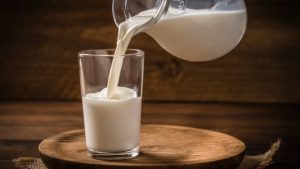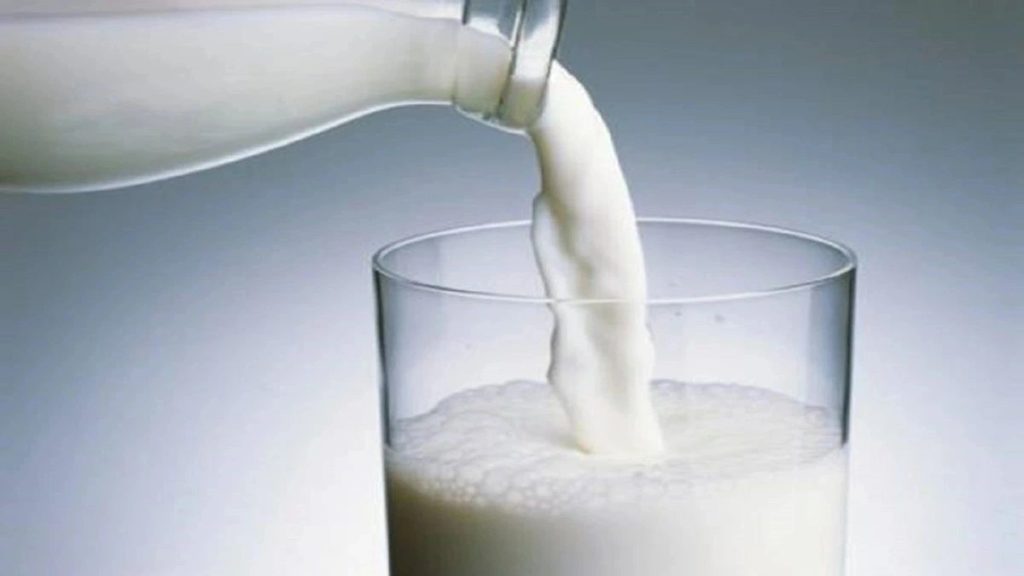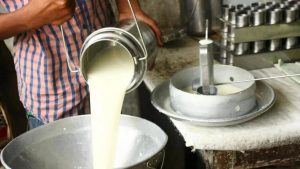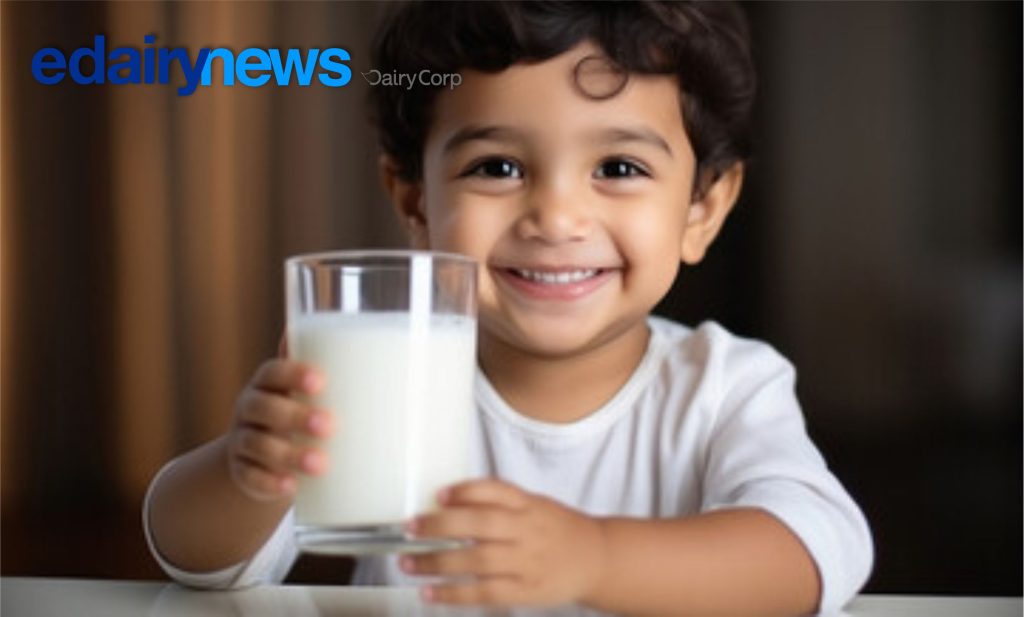
The department of animal husbandry (DAHD) recently came out with an expression of interest (EOI) for innovative tech products services being developed or already provided by startups and private companies where the ask includes the use of IoT and drones in the dairy industry. New-age smart techniques using IoT devices could help farmers with increased milk production, advanced monitoring of cattle health, and anomaly detection, thereby streamlining the business and processes.
Although smart dairy farming using IoT may be a costly affair; yet offers the promise of cost recovery with longer usage. IoT can help reduce environmental issues, optimise resource utilisation, and enhance animal health by using advanced sensing technologies and data analysis. A traceability system to properly enumerate and record animals’ needs can address many of our current and future needs in sectors like livestock insurance, buffalo meat export, artificial insemination and vaccination services, diseased animal tagging, etc. A robust biometric-based livestock identification and traceability system can address these needs.
Unlocking the potential of hospitality
For better quality milk, cattle must reproduce one calf a year to maintain the lactation period. Normally, lactating cattle undergo heat every 21-28 days, but it is not easy to know this manually. The heat can stress the cattle, which affects milk production and causes reduction in the milk quality with lower fat, casein, lactose, and protein content. The AI-enabled ear tag could forewarn the farmer about the state of animal and scheduling artificial insemination.
Under the National Digital Livelihoods Mission, DAHD already has an ambitious programme to ensure the unique identification of animals that will become the foundation for all livestock programmes. The ongoing effort to tag major livestock species in the country with a unique identification number will enable farmers to maintain and share their digitally signed animal records, access services, trade animals, and sell their products.
Managing Animals with AI
Food and water play an important part in milk yield. It is important that milch cattle consume adequate and quality water. Their water requirements are closely related to milk production, the moisture content of the feed, and environmental factors such as air temperature and humidity. Similarly, cattle feed determines the amount of nutrients available to the animal for health and production. Lack of nutrients limits production and affects animal health. Overfeeding increases feed costs, can lead to excessive nutritional load on the environment, and can be dangerous to health.
The next stage for NDLM could be the IoT-enabled cattle management system where the tag can have utilities that regularly provide reports over the software dashboard screen. The development of a verifiable biometric livestock database will help bring better efficiency to the animal husbandry sector.
Innovation in AI technology
Newer experiments in this direction include the muzzle or nose biometric of cattle. Using a picture of the face of an animal, the app generates a unique identification number for the cattle that can be linked to the INAPH or Pashudhaar number issued by DAHD. Such an app can collate animal-wise data and link to the unique biometric identifier. Besides remunerative dairy farming, such traceability will also support cattle trading.
Uses of AI technology in the dairy industry
The other major use of the AI and technology would be in disease control. Major outbreaks can be identified and controlled by using AI-enabled tags. For milch animals, lameness, mastitis, foot and mouth disease, and milk fever are common fatal diseases. IoT-enabled tags can detect the changes in the health of the cattle. Proper actions and medication are executed before it turns worse, and can prevent animal and financial losses.
Since milk is the universal commodity used throughout the world, it also requires better management and storage. The use of IoT technology in the pressurised tanks has increased the serving capability of milk-based goods and has reduced their vulnerability to colloidal degradation or bacterial growth. Also, pressure management in the milk storage tanks must be performed to reduce the adverse pressure creation, which could result in expensive maintenance, downtime, or mechanical failure.
Supply chain monitoring is critical in the dairy industry, where the nature of both raw material and finished product is perishable. It relies on factors such as first and last-mile distance and transit temperature, weather, packaging, and cold storage availability. The use of the IoT can aid in better delivery management by making the details of the product available on the interconnected device, enabling better decision-making, thereby avoiding wastages.

















